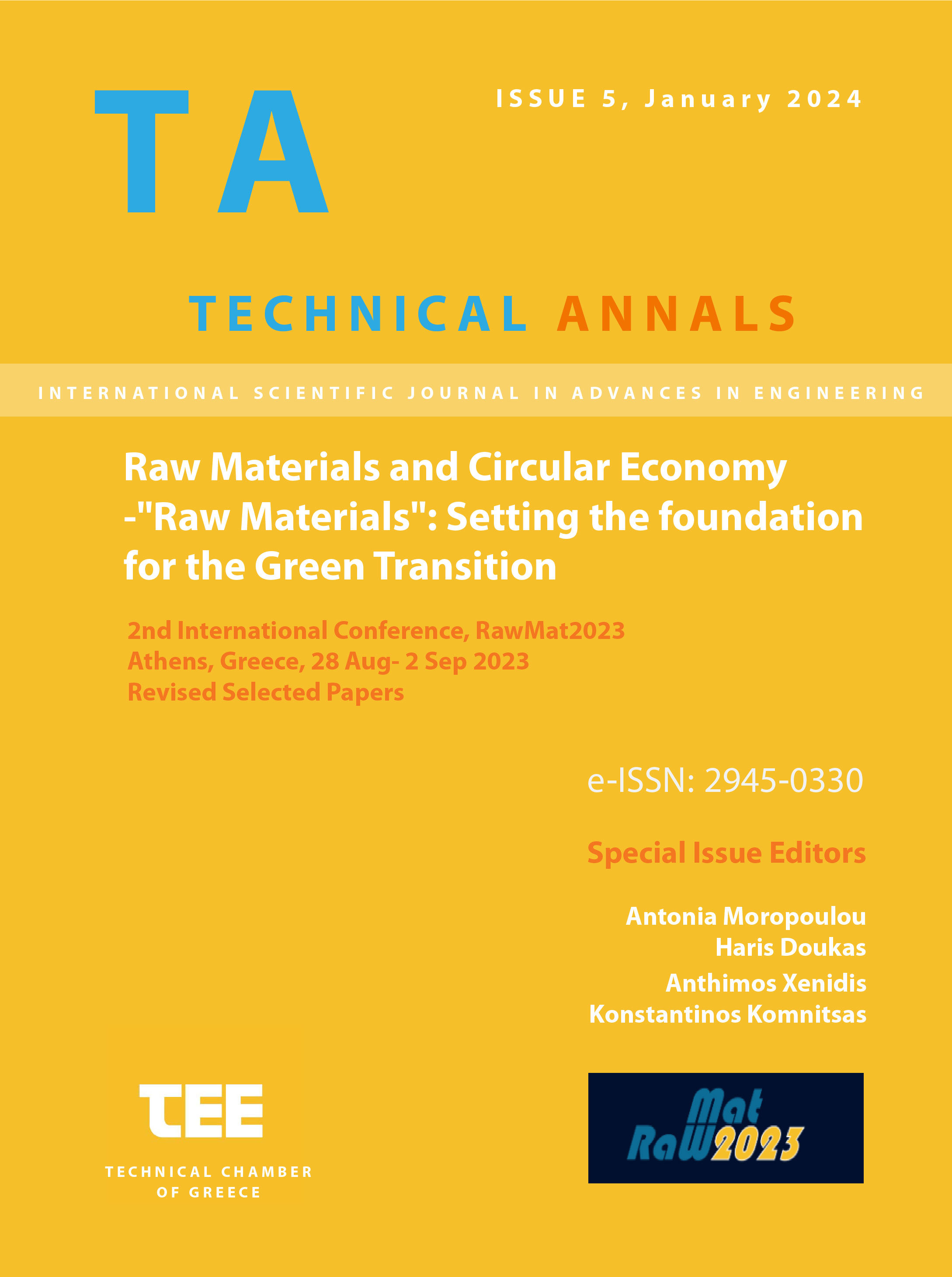Integrated Raw Material Approach to Sustainable Geothermal Energy Production: Harnessing CO2 for Enhanced Resource Utilization

Abstract
CPG (CO2 Plume Geothermal) has recently emerged as a promising technology that combines the extraction of geothermal energy with underground CO2 storage, thus aligning with the energy objectives of Greece according to the National Energy and Climate Plan. The concept of CPG revolves around treating CO2 as a raw material, recycling it through continuous injection and production to and from a subsurface reservoir, taking advantage of the discrete plume that forms on top of the subsurface formation. As CO2 is injected, it contacts the hot formation and captures thermal energy which is eventually transferred from the reservoir to the surface facilities where it gets exploited in thermal plants. The CO2 flow system is closed thus offering the permanent storage option. Despite the favorable aspects of this technology, such as reduced energy requirements for fluid recycling, improved mobility and a smaller environmental footprint, there are also challenges that require careful consideration. CO2 is less viscous and lighter than resident brine, thus fingering effects are more prominent than sweeping displacement. As a result, CO2 breakthrough appears soon, even at wells designed for pressure maintenance through brine extraction. This highlights the need for a thorough study of the geological field and reservoir, along with the optimization of the production system’s design. This study presents a comprehensive analysis of a geothermal reservoir and covers an optimized dynamic simulation for a combined geothermal, CO2 storage and CPG system. Results demonstrate that a sustainable carbon-negative energy-producing power plant is possible. Such systems can also be implemented in already existing industries, providing a source of energy for secondary operations while also positioning the operators more strongly in the carbon tax market.
Article Details
- How to Cite
-
Fotias, S. P., Gaganis, V., & Bellas, S. (2024). Integrated Raw Material Approach to Sustainable Geothermal Energy Production: Harnessing CO2 for Enhanced Resource Utilization. Technical Annals, 1(5). https://doi.org/10.12681/ta.37117
- Section
- Energy

This work is licensed under a Creative Commons Attribution-NonCommercial-ShareAlike 4.0 International License.


